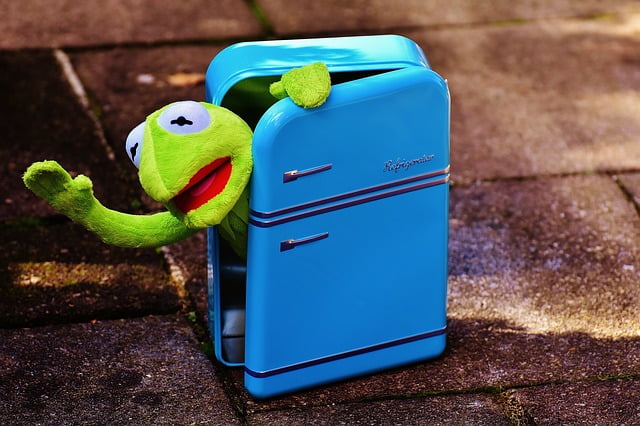You open your fridge. Shortly after, a bad smell fills your nose. When you searching for the cause, you dig around and waste time. Products may fall, liquid may spill. Next, that ominous sound starts beeping without rest.
Luckily, you can avoid this nightmare scenario for good. Here are simple tips to organize your refrigerator that anyone can follow. Some of these ideas are the same that expert chefs use in their professional kitchens every day.
A quick note before revealing the tips
Cleaning professionals like us may offer services to clean your fridge. But this may or may not include a proper reorganization of your items. Clearly, it is a sure way to get to know how most people organize their refrigerators. So, the aim of this blog post is to help you fix common mistakes.
By the same token, arranging the items in your refrigerator maybe even fun. But this post is not about making an unpleasant activity more bearable. On the contrary, the goal is to share tricks and best practices to make each compartment more practical. Just like those professional kitchens and
1 – Clean before you organize
Each time you feel like reorganizing your refrigerator, remember to clean it. Usually, it will not take more than half an hour. But you can speed the cleaning up by gathering the following for quick use:- a waste paper basket
- writable stickers or roll labels
- a fine point marker
- airtight food storage containers
- breathable mesh bags
- safe and tested cleaning materials
- gloves
2 – Get a refrigerator thermometer
In reality, not every spot in your refrigerator maintains the same temperature. This professional tool comes in handy to let you know better your refrigerator. In fact, you should keep your milk, dairy products, meat, and fish in the coldest spots. Temperature is of great help when you need to organize everything more efficiently. Also, you will find out that some compartments do not keep constant temperatures at all times. These shelves are ideal for:- sauces
- refreshments and leftovers
- snacks and desserts that you will consume soon
- fresh cheeses
- all products that bear the indication “keep refrigerated after opening”
3 – Use many labels in your refrigerator
Airtight food storage containers are wonderful. But they will not keep you from letting some food spoil. But luckily, writable labels offer numerous solutions to this problem. For instance, you can write a date to remember when to eat which. Restaurants do this all the time. In fact, you need to keep an eye on expiration dates to avoid food poisoning. You can write the ingredient of each sauce as well. In this way, you avoid making bad decisions when you are in a hurry. Plus, you can leave a message for anyone who has access to your refrigerator. Including children and roommates. Adhesive stickers can help you seal a big plastic pot of yogurt. But you can use them to organize each shelf by writing what goes where. Of course, you can resort to customizable labels for improved aesthetics. In short, they can help a professional organizer to refill the refrigerator fast. Or to share his or her own tips with other colleagues at work.4 – Keep the humidity level in your drawer constant
Keeping your veggies in breathable mesh bags will make you save time. But you should take notice of the humidity level in the drawers. Mainly because not every fruit or veggie needs the same humidity. Here are the tips to help you remember the different settings:- Green leafy vegetables and strawberries need high humidity. In detail, if the humidity goes lower than 90%, they will start to sag quickly.
- Most fruits and vegetables release water. So, if the drawers are full, keep them dry. You do not want too much humidity as well.
- Never keep pineapples, bananas, and tropical fruits in your drawers. Similarly, keep cucumbers, eggplants, peppers, and pumpkins away.
- Tomatoes should never be in a humid place. As a matter of fact, the same applies to potatoes, onions, and garlic.


Recent Comments